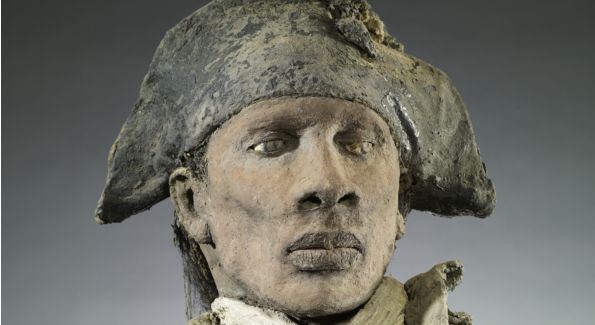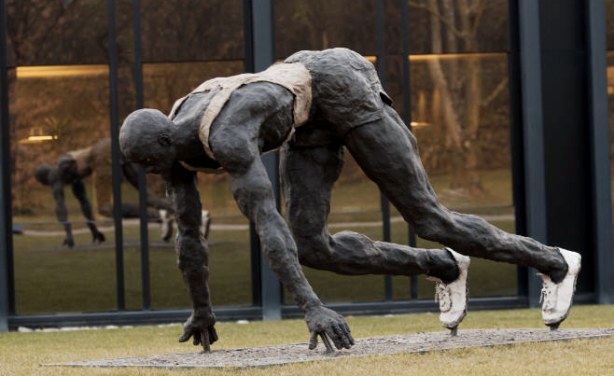
Ousmane Sow, Dakar, Senegal
Ousmane Sow (1935) is a sculptor extraordinaire. He received his Prince Claus Award for his impressive sculptures of the human body, for his fresh perspective on the body that challenges the international world of figurative art, and for his positive influence on the younger generations of African artists. Sculptor extraordinaire of the human body, Ousmane Sow infuses his creations with potent life force and raw energy.
Inspired by Riefenstahl’s photos of the Nuba, he abandoned his career as a physiotherapist, invented new techniques and materials, and created The Nuba, a group of muscular, virile, larger-than-life wrestlers (1984-87). Monumental representations of The Masai (1989) and The Zulus (1990) followed, and in 1992 his work was selected for Documenta IX. Turning to global narrative, he produced a massive tableau of The Battle of Little Big Horn (1998).
Audacious in size, Sow’s figures are modelled with proportional volume and anatomical detail, creating energy in frozen movement and strong human presence. The powerful physicality of 68 of his figures exhibited on the Pont des Arts in Paris (1999), astonished the world and led to commissions from the International Olympic Committee and the Medecins du Monde. Coming from a vacuum of representation of the African body and raising anxious ghosts of racism, Sow’s sculptures boldly confront stereotypes, representing the body without qualms. They carry a message of tolerance and humanity.




